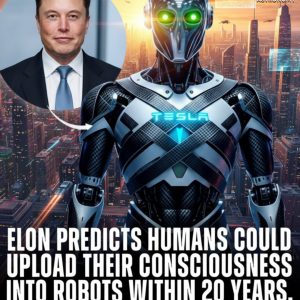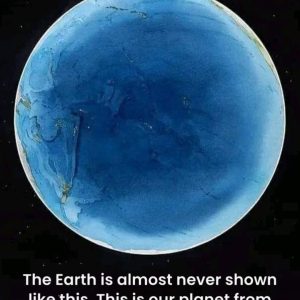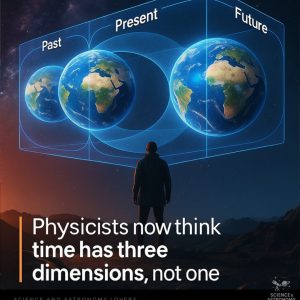As the calendar turns to November, the skies above us are gearing up for one of the year’s most anticipated spectacles: the Leonids meteor shower. From November 6 to December 2, Earth is passing through a stream of debris left behind by the comet 55P/Tempel–Tuttle, and the result is a night-sky show you won’t want to miss.
Why it happens

Each year, our planet crosses the orbital path of Tempel–Tuttle, which on its roughly 33-year journey around the Sun sheds dust, rock and particles into space. Those bits of cosmic debris eventually encounter the Earth’s atmosphere, and when they burn up they appear as meteors—streaks of light across the darkness. Because of the comet’s retrograde orbit, those particles slam in at incredible speeds—about 70 km/s.
When and where to watch
In 2025, the Leonids are expected to peak around November 17-18, though activity is visible from early November into early December. Although maximum rates this year aren’t expected to reach the legendary levels of past storms, skies should still deliver a nice show under favourable conditions.
The radiant—the point from which the meteors seem to emerge—is located in the constellation Leo (hence “Leonids”). To spot them, aim for a dark, open sky, ideally later in the night or just before dawn, when the radiant is higher and your chances increase. Avoid bright city lights.
What to expect
Under dark skies this year, observers might see around 10-15 meteors per hour at peak. While that’s modest compared to the meteoric storms the Leonids have produced in the past, it’s still well worth stepping outside and looking up.
For context: In 1966, a historic Leonid storm delivered thousands of meteors per minute during a short period—an awe-inspiring rainfall of shooting stars. But such dramatic outbursts are rare, typically repeating every few decades when Earth crosses an especially dense trail of debris.
Tips for best viewing
Get away from light pollution: Find countryside, outskirts or any place with minimal artificial light.
Lie back, look up: Meteors can appear anywhere in the sky, not just near Leo. A wide view helps.
Allow your eyes to adjust: Let your vision adapt (about 20-30 minutes) for best results.
Be patient and warm: Especially in the early hours before dawn—pack a blanket or warm clothes.
Pick the right time: The darkest skies will be when the Moon is a thin crescent or below the horizon. 2025 offers favourable moon-conditions around the peak.
Check the weather: Clear skies are key—clouds and haze will reduce visibility.
Come back for multiple nights: Since the shower spans weeks, even if one night is cloudy you have more chances.
Why it’s special
Beyond just seeing meteors, there’s something deeply moving about watching Earth’s journey through space made visible. Every meteor is a tiny fragment of a comet’s past, burning up at mind-boggling velocity, offering us a glimpse into cosmic time. The Leonids’ history of spectacular storms adds a sense of occasion: you’re joining generations of sky-watchers who’ve turned their gaze upward and felt connected to something far larger.
Final word
Whether you’re a seasoned astronomy enthusiast or simply someone who enjoys a reason to step outside and look up, the Leonids are an opportunity you won’t regret. With the shower already underway, now’s a good time to plan your night of skywatching. Grab a comfy spot, keep the city lights behind you, and prepare for nature’s own fireworks display.





